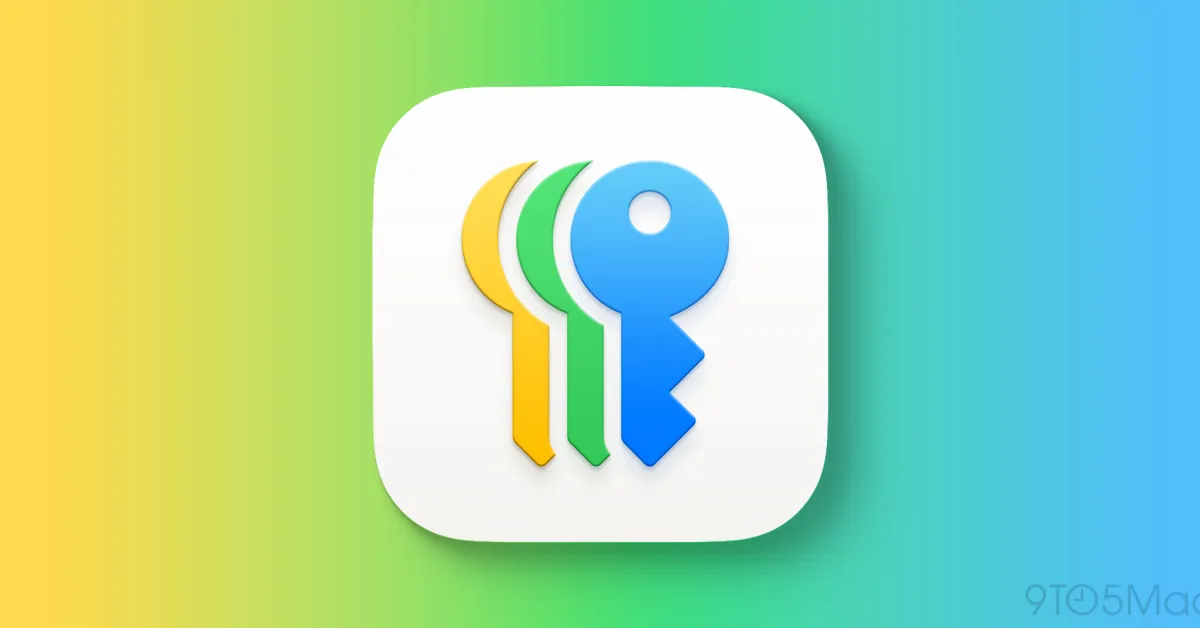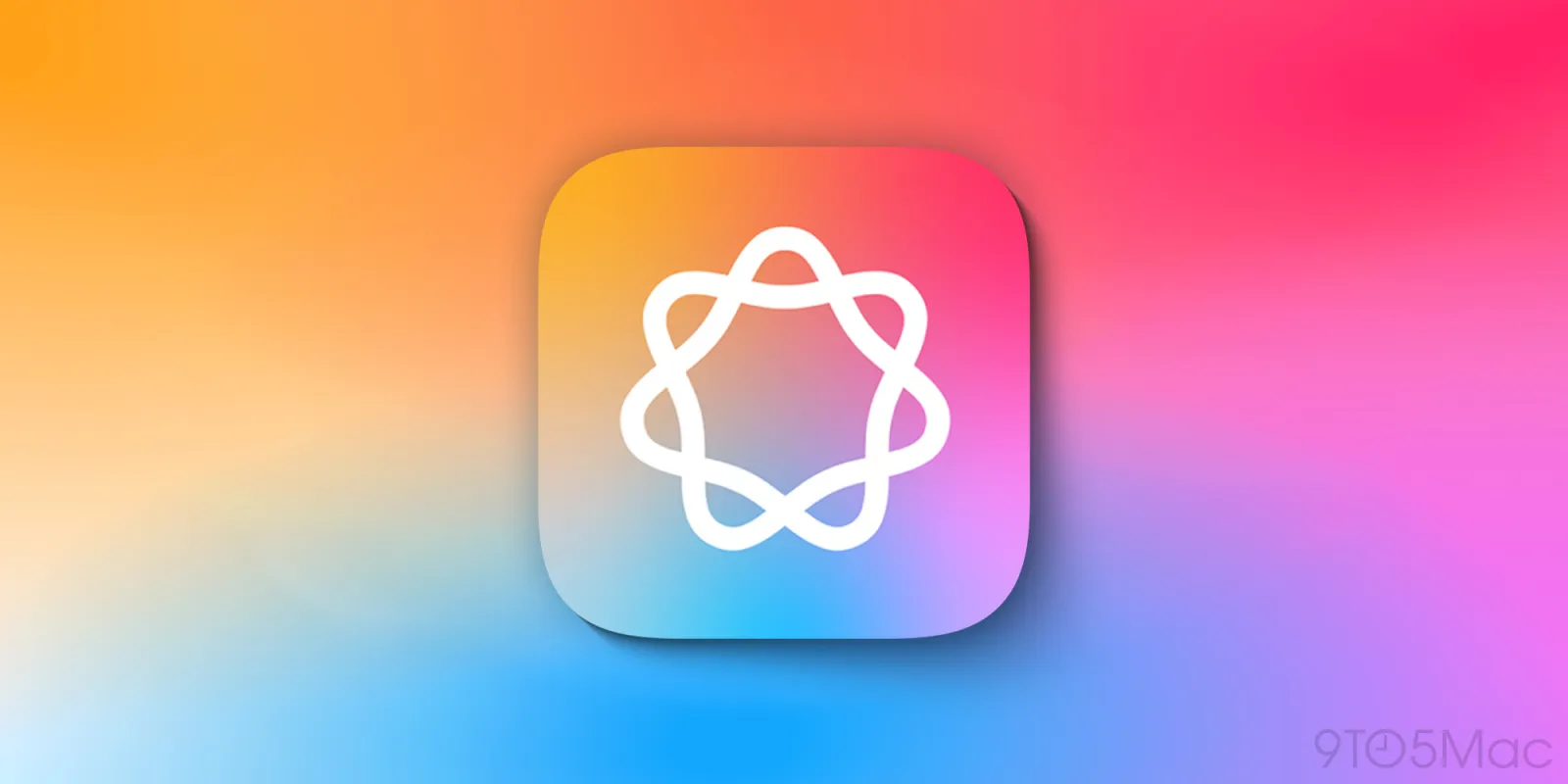Apple’s Passwords app, introduced in iOS 18, has quickly become one of the most practical tools for users who prefer not to rely on third-party password managers like 1Password or LastPass. Initially, it offered a clean, straightforward way to store and access passwords, passkeys, Wi-Fi credentials, and security alerts — all protected by Face ID. It would even warn you about reused or potentially compromised credentials.
But despite its usefulness, the app wasn’t without gaps. Early adopters noted that it couldn’t store credit card details, which Apple eventually added to the Wallet app. Another lingering frustration was the inability to view a password’s change history — a limitation that could cause real problems if you accidentally overwrote credentials or failed to update them on the corresponding site.
With iOS 26, Apple has quietly solved that problem. The Passwords app now includes full version history for every saved login. That means whenever you update a password, you’ll be able to see the current version alongside all previous versions you’ve used for that account.
It’s a small change in design but a big step in usability. Say you reset your Netflix password on your iPhone but forget to change it on your smart TV — instead of guessing or going through the reset process again, you can simply scroll back and retrieve the older password. Similarly, if you inadvertently replace a password in the app without updating the actual account, version history acts as a safety net.
The feature is available not just in iOS 26, but also in iPadOS 26 and macOS Tahoe, ensuring a consistent experience across devices. And because the app already organizes your credentials by category and integrates with Face ID for quick access, this addition makes Apple’s native solution far more competitive with paid alternatives.
While iOS 26 is expected to roll out widely this fall, the feature is already live in the public beta for those eager to try it now. For many users, this won’t just be a convenience — it could be the feature that finally convinces them to consolidate their digital security inside Apple’s ecosystem.






